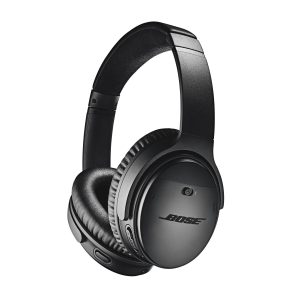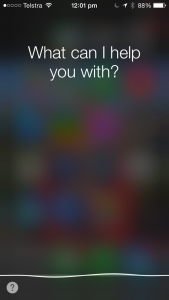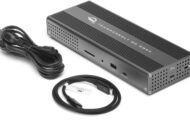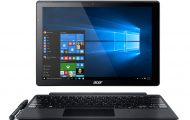Article – From the horse’s mouth

Bose QuietComfort QC35 II noise cancelling Bluetooth headset optimised for Google Assistant – a sign of things to come for mobile audio accessories
Headphones optimized for the Google Assistant (Blog Post)
Bose
Redefines Sport Headphones with Truly Wireless SoundSport Free (Press Release)
QuietComfort QC35 II Wireless Headphones (Product Page – USA)
– Bluetooth circum-aural closed-back noise-cancelling headset
My Comments
A trend that will be surfacing with the voice-driven personal assistants is that the speaker or headset device doesn’t need to be directly connected to a home network to access the Internet.
Here, some of these devices will connect to a computer or mobile device via Bluetooth or a similar technology but work in an “app-cessory” manner with a vendor-supplied app. Here, this app will serve as a gateway to a voice-driven personal assistant platform which can be hosted natively or through an add-on app, with this function activated through a dedicated button on the audio accessory device.
The first example of these is the Bose QuietComfort QC35 II which is an active noise-cancelling over-the-ear headset, but this setup will also appear with more headphones products from Bose. In this case, the headset connects to the smartphone via Bluetooth and works with a Bose-supplied control app but works hand in glove with the Google Assistant app, available for Android and iOS.
There is a special button on the Bose QuietComfort headset that is mapped by the control app to trigger Google Assistant while messages that come in are read by Google Assistant in a text-to-voice manner. You will expect the Google Assistant to do what it can including providing voice-driven access to resources. This is while the headset is optimised to work at its best with voice recognition even when faced with noisy environments like public transport.
As I was highlighting in the last paragraph, such devices will be acoustically optimised for error-free voice recognition, preferably with the chosen platform. One method that will be commonly used would be to implement a microphone array that uses the multiple microphones to focus on the user’s voice.
This will be augmented with dynamic sound enhancement for the voice-driven personal assistant platform so that you can hear the personal assistant clearly when it replies.
But could these headphones and speakers be seen as a gimmick when any wired or Bluetooth headset can work with your mobile platform’s integral voice assistant without the need for any extra software? This is where you can, for example, dwell on the “call” button on your headset to invoke Siri or Google Now, then interact with that assistant to make a call or send a message for example.
Personally, I would just like to see the voice-recognition abilities of an audio accessory improved so that they can work with whichever voice-driven personal assistant you use. This would be in the form of something like microphone arrays or something similar, along with a standard function mapping for voice-assistant buttons. Similarly, audio adaptors and wearables like smartwatches and fitness bands could be focused towards supporting the “visual component” of voice-driven personal-assistant platforms by showing visual information on their displays that augment the voice-driven experience.



